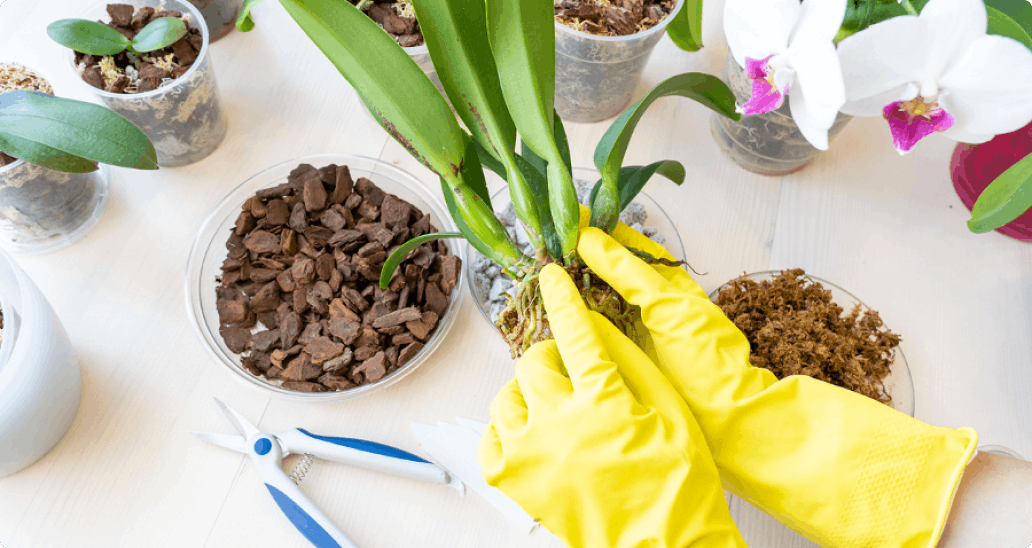


Shop our popular In-Spike list
Shop all →Welcome to our quick guide to General Orchid Growing Conditions! Orchids, with their enchanting beauty and diverse varieties, have captivated gardeners for centuries. To ensure these delicate blooms thrive, understanding their specific needs is essential. In this article, we'll delve into the nuances of orchid care, covering everything from light requirements to seasonal adjustments, ensuring your orchids flourish in any environment.
What do orchid temperature terms equate to?
Orchids that prefer warm temperatures should be grown at 75°F up to 85°F during the day, and 65°F to 75°F at night. For intermediate growers, daytime temperatures of 70°F to 80°F are preferred, with nighttime temperatures of 55°F to 65°F. Lastly, our cool-growing orchids enjoy daytime temperatures in the range of 60°F to 70°F, and can comfortably handle nighttime lows of 50°F to 55°F.
Orchid light
Light is the lifeblood of orchids. Providing the right amount is critical for their growth. Most orchids require bright, indirect sunlight. Place them near east or west-facing windows, ensuring they receive gentle morning or late afternoon sunlight. Avoid direct midday sun, which can scorch their leaves. If natural light is limited, consider supplementing with fluorescent lights. Orchids are nature's sun-chasers, and getting their light just right will reward you with vibrant, blooming plants.
Orchid humidity
Orchids are native to tropical environments, where high humidity is the norm. To mimic their natural habitat, maintain humidity levels between 40% and 60%. Achieving this can be as simple as placing a humidifier near your orchids or arranging them on trays filled with water and pebbles. Regular misting is beneficial, especially in dry climates or heated indoor spaces. Proper humidity ensures your orchids' leaves remain turgid and glossy, promoting overall health and vigor.
Seasonal changes in the growing environment
As the seasons change, so should your orchid care routine. In spring and summer, when orchids typically enter their active growth phase, increase watering frequency. Allow the potting medium to dry slightly between waterings. During fall, as days shorten and temperatures drop, reduce watering. This mimics their natural dormancy period, allowing the plant to rest and conserve energy. Winter demands special attention – orchids are sensitive to cold drafts. Shield them from chilly windows and provide gentle, consistent warmth. Adjusting your care based on the season ensures your orchids thrive year-round, rewarding you with breathtaking blooms.
Remember, every orchid variety might have unique preferences, so observe your plants closely and adjust care accordingly. With the right balance of light, humidity, and seasonal adjustments, your orchids will grace your space with their exquisite beauty. Happy orchid growing!